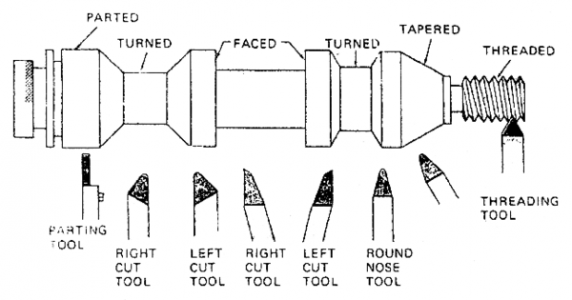Watch out for grinding lathe bits. Even the regular HSS tools contain cobalt. The "cobalt" tools have even more, and so do most inserts. Wear a dust mask and don't blow the dust around the shop. It is not high risk stuff, but still, why take a chance on making yourself ill.
----------------------
Wikipedia:
Precautions
Main article:
Cobalt poisoning
Cobalt is an essential element for life in minute amounts. The
LD50 value for soluble cobalt salts has been estimated to be between 150 and 500 mg/kg.
[91] In the US, the
Occupational Safety and Health Administration (OSHA) has designated a
permissible exposure limit (PEL) in the workplace as a time-weighted average (TWA) of 0.1 mg/m3. The
National Institute for Occupational Safety and Health (NIOSH) has set a
recommended exposure limit (REL) of 0.05 mg/m3, time-weighted average. The
IDLH (immediately dangerous to life and health) value is 20 mg/m3.
[92]
However, chronic cobalt ingestion has caused serious health problems at doses far less than the lethal dose. In 1966, the addition of cobalt compounds to stabilize
beer foam in Canada led to a peculiar form of toxin-induced
cardiomyopathy, which came to be known as
beer drinker's cardiomyopathy.
[93][94]
After
nickel and chromium, cobalt is a major cause of
contact dermatitis.
[95]
Cobalt can be effectively absorbed by charred pigs' bones; however, this process is inhibited by copper and zinc, which have greater affinities to bone char.
[96]
---------------------
I have some old school Stellite 5/8" tool bit blanks that are around 60% cobalt, and some others with somewhat less than that, but still way more cobalt than tools have today. I am not excited about trying them out. Their scrap value is probably quite high.

